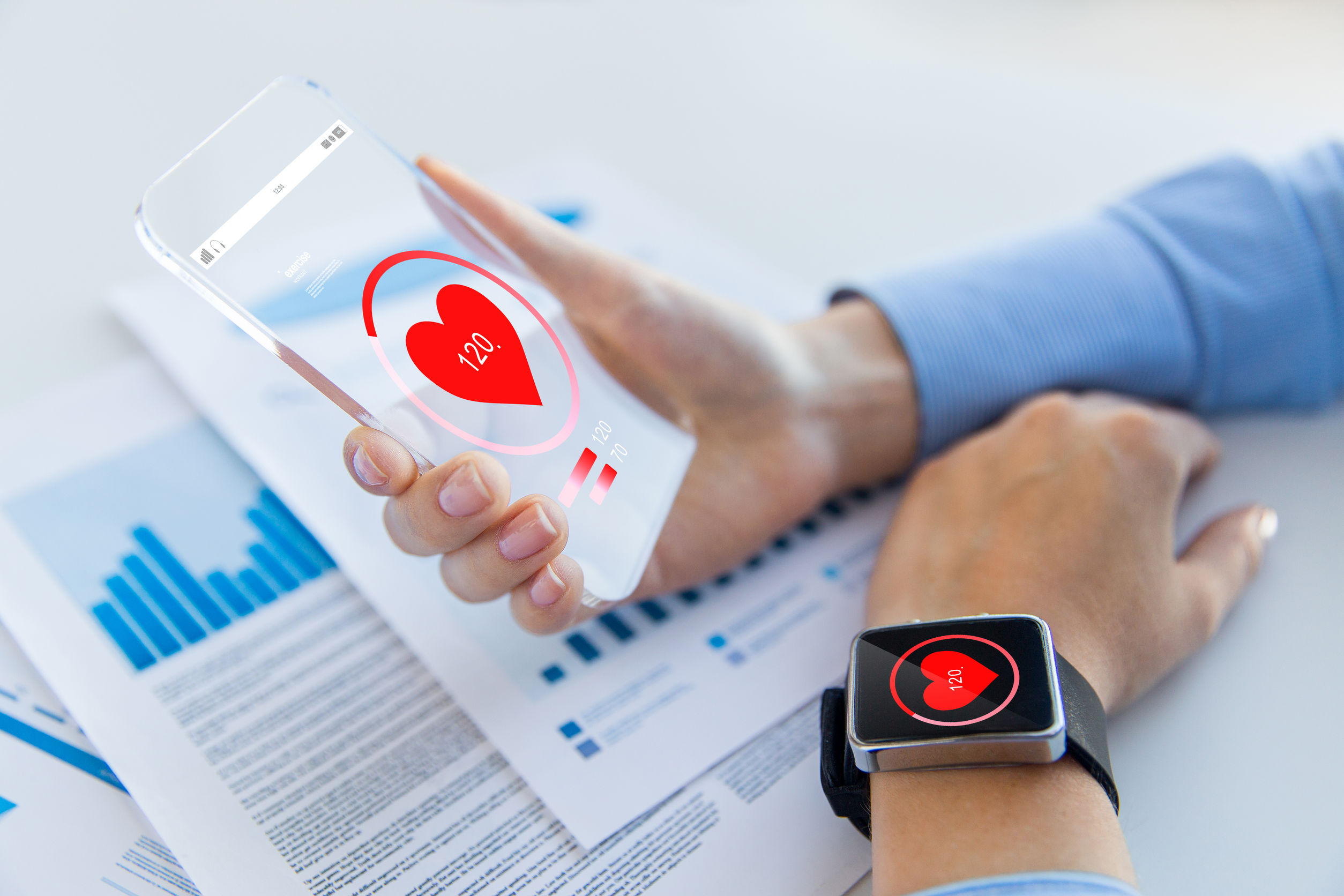COVID-19 highlights role of wearables in the workplace
- Shawn Liew

As COVID-19 lockdowns continue to be gradually eased around Asia, companies are beginning to plan their return to the workplace.
While this may be a welcome development for employees who have found it hard to adjust to remote working, they will also likely find the traditional workplace, and how they operate within its environs, markedly different.
For starters, the reshaping of the world of work caused by the COVID-19 pandemic is likely to have long-lasting, if not permanent effects. Even as lockdown restrictions continue to be eased, governments are still urging companies to allow workers, whenever possible, to continue working from home.
For those allowed to return to the office, sanitary and social distancing measures will be strictly enforced, with employees encouraged to minimise physical contact with one another.
Realistically however, can this be achieved merely through human observation and intervention, in an environment where co-workers may need to interact in tight and enclosed spaces?
Putting wearables to work
When it comes to the conversation on wearables, one of the first images that comes to mind is Fitbit, or rather, the activity trackers that the company manufactures. Google’s proposed acquisition of Fitbit is perhaps, a further recognition of the exponential growth in the consumer wearables market.
This, however, is unlikely to be the only vertical that the wearables market will expand in. According to a report by research firm Research and Markets, the industrial wearable device market is expected to expand at a CAGR of 9.2% from 2019 to 2024.
Worth US$1.64 billion in 2018, the global industrial wearable devices market is projected to grow to $2.78 billion by 2024.
Even before the onset of COVID-19, companies were utilising wearables to monitor and increase workplace productivity, safety and efficiency, said Research and Markets. With wearables, employees can also collect data, track activities and provide customised experiences depending on needs and desires.
Within the context of returning to the workplace while COVID-19 continues to be a lingering concern, wearables can potentially monitor key biometric data such as body temperature, blood flow, breath and pulse rate.
Singapore-based event management company PouchNation, for instance, has launched PouchPASS, a body temperature monitoring wristband sensor. Utilising Bluetooth technology, PouchPASS will record body temperatures and continuously sync temperature data to a mobile app and/or dashboard for multiple users.

PouchPass is a monitoring wristband sensor that records body temperature to a mobile app.
With the PouchPass app, users can monitor their body temperatures continuously, remotely and with no interpersonal or physical contact. The body temperature data, measured from the wrist bracelet sensor, will automatically be synced in real-time via Bluetooth technology connected to a mobile phone and/or local Bluetooth network.
Wearables, of course, also potentially provide a more streamlined approach to enforce social distancing. At the port of Antwerp in Belgium, workers have to maintain a minimum distance of 1.5m apart, which is being enforced by wristbands provided by Dutch company Rombit.
The wristbands are equipped with Bluetooth and ultra-wideband technology and sound warning signals when workers come within a specified distance of each other.
The question perhaps, is whether wearables can be effective across all industries, particularly those at the head of the queue to move back to the workplace.
It depends on the nature of the work one is engaged in, said Indranil Roy, Executive Director, Human Capital Consulting, Deloitte South-east Asia.
Speaking to HRM Asia, he explained, “If one is focused on ‘deep work’ or work that requires concentration and high cognitive complexity, wearables do not enhance productivity and well-being. In fact, they are much more likely to distract attention and reduce effectiveness.
“On the other hand, if one is engaged in work that requires quick decision making using multiple sources of data, wearables can be used effectively to plan one’s day or route.”
Suggesting that wearables will continue to remain primarily a consumer choice, Roy highlighted that while employees may agree to use wearables to improve their personal effectiveness, will they agree to provide unfettered access to their personal data?
Wearables at work raise privacy concerns
For the PouchPASS wristband sensor, users have full transparency on the information that can be shared. Settings can also be changed anytime, making privacy intrusion a non-issue, suggested Koen van Greene, the task force director for PouchPASS.
He explained, “PouchPASS values your privacy, you are in control of the personal data you share.”
Not everyone is convinced, it would seem. Earlier this month, the Singapore government announced plans to develop a wearable device as a contact tracing platform for COVID-19.
Despite assurances from Vivian Balakrishnan, the minister in charge of Singapore’s Smart Nation initiative, that it will not be a tracking device, citizens have expressed concerns over privacy issues, culminating in an online petition which, at the time of writing, has more than 52,000 people opposing the device.
Albeit on a smaller scale, as Deloitte’s Roy pointed out, will employees allow unfettered access to their personal data? Will they interpret this as round-the-clock surveillance and grow disgruntled? Do they trust that their company’s systems are adequately protected against malicious cyberattacks that may see confidential information leaked into the public domain?
Using Singapore as an example, Desmond Wee, Partner Head, Employment and Benefits, Rajah & Tann, pointed out that current legislation already requires employers to put in place contact tracing measures within their premises.
This, he told HRM Asia, is providing less incentive for employers to make compulsory the wearing of wearables in the workplace. Should a worsening situation warrant a rethink, or where legislation is introduced to make it mandatory, employers then need to ensure that any implementation is accompanied by clear explanations and is compliant with personal data management obligations.
Wee concluded, “It really comes down to the level of trust that this is necessary to manage the COVID-19 pandemic, and/or that employees’ personal data would not be used for other purposes. This would take time and employers are also an integral part of this trust-building process.”






